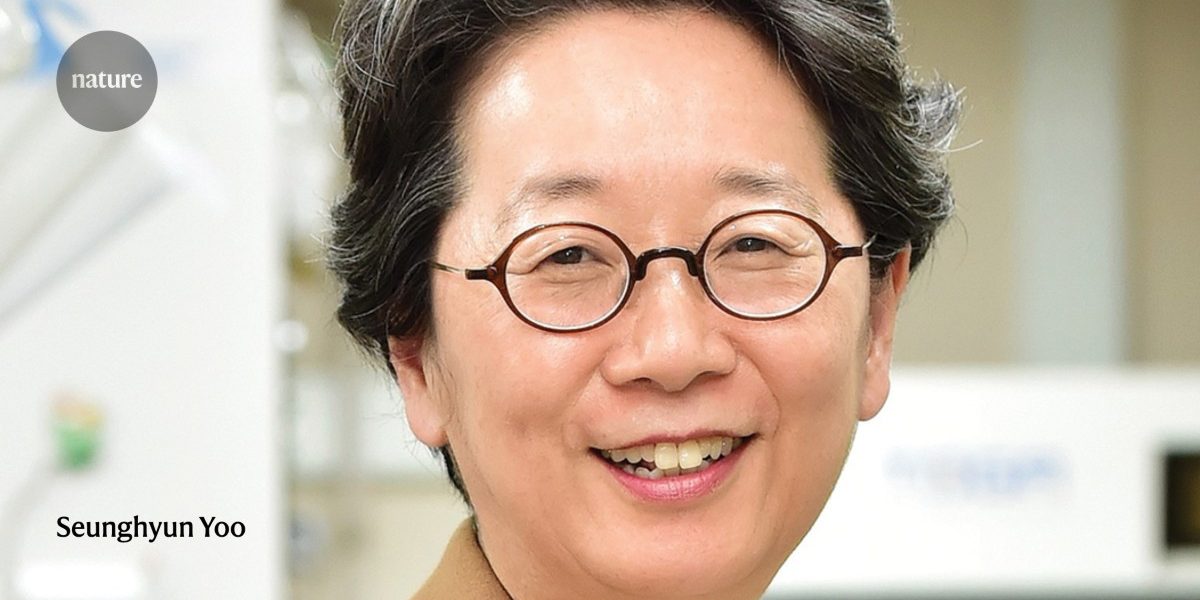Disentangling Sexism and Bias in Research: An Insight from a Mathematician from eLife
The study by James and her co-authors, published in eLife on 7 May1, found that, the more women there were in a field, the lower the overall grant-application success rate and evaluation of researcher quality, according to the analysis of data from more than 30 countries. A number of studies have looked at sexism and other biases that might be playing out across and between disciplines. But researchers are divided as to how surprising the latest findings are.
“People just believe that there are some disciplines that are better than others,” says Alex James, a mathematician at the University of Canterbury in Christchurch, New Zealand, who led one the latest studies on the phenomenon. It turns out that the ones that we think are rubbish are full of women.
McGee argues that using data to highlight potential biases is not enough. “One has to dismantle the field and rebuild it with women and women of colour leading the effort, but people do not want to give up or share their power,” she says.
And in 2015, researchers found that women were under-represented in fields in which success was perceived as requiring raw, innate talent — such as mathematics or philosophy — compared with disciplines in which people thought success could be gained through hard work3.
The lack of gender equality in the Australian university sector: the need for research funding, and the need to look beyond the standard academic report from South Korea
The studies in this area highlight the complex aspects of this area, says a scientist at a university in Australia. “We don’t yet fully understand where all the issues lie,” she says. She adds that institutions and funding bodies have an obligation to look thoroughly at their data — which are often not accessible to researchers — and identify problems that might need addressing.
In New Zealand, the study by James and her colleagues prompted discussions at the Ministry of Education, which administers the PBRF. The general manager for tertiary and evidence policy at the ministry in Wellington, Katrine Sutich, says an independent panel that reviewed the PBRF has taken their findings into account.
The Association of Women Faculty Councils at National Universities in Korea launched a nation-wide network to highlight the stark gender imbalances in the university sector. This included the fact that public universities hired far fewer female faculty members (15% of the total faculty) than private universities (25%). This initiative prompted the Law on Public Officials in Education to be amended in 2020, recommending that a specific gender does not exceed 75% of faculty composition in public universities. Each university must now submit a yearly plan to achieve this goal until 2030.
The amount of research funding that is available to them is equally important as the number of PIs. In South Korean universities, the average amount of government funding won by male PIs in science and technology areas is 165 million won (US$119,393). For women, that figure is 67 million won.

